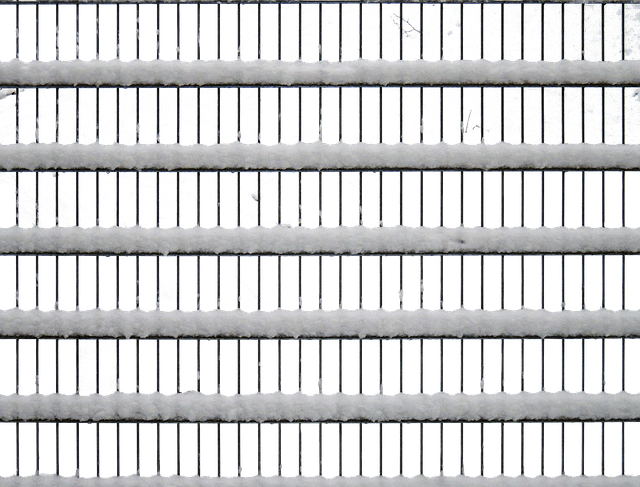DIY Fence Installation Tips for New Bedford Homeowners
Considering DIY fence installation? For New Bedford, Massachusetts homeowners, this project offers both cost savings and creative control. Before you begin, understanding your fencing options tailored to the region’s climate and unique yard challenges is crucial. This article guides you through essential steps, from measuring and planning your fence layout to selecting the right tools, materials, and techniques to ensure a strong, durable barrier that enhances your New Bedford property.
- Understanding Your Fence Options for New Bedford Yards
- Measuring and Planning: A Step-by-Step Guide
- Installation Tools and Materials You'll Need
- Tips for a Strong, Long-Lasting Fence in Massachusetts Climate
Understanding Your Fence Options for New Bedford Yards
When considering DIY fence installation in New Bedford, Massachusetts, homeowners have a range of options to suit their preferences and yard layouts. Wooden fences, such as cedar or pressure-treated pine, are popular choices due to their aesthetic appeal and longevity. These can be installed with either traditional post-and-rail construction or more modern horizontal styles. Alternatively, vinyl fencing offers low-maintenance benefits and comes in various colors and designs, making it versatile for different yard aesthetics. Chain link fences are another option, ideal for security and providing clear visibility, while also being cost-effective. Each material has its advantages, from visual appeal to durability and maintenance requirements, so understanding these options is key before beginning the installation process.
Measuring and Planning: A Step-by-Step Guide
Before you start digging, it’s crucial to measure and plan your fence installation. Begin by identifying the perimeter of the area where you want the fence. Use a tape measure to take accurate measurements, noting any curves or angles along the way. Create a detailed map or layout, marking out the exact placement of your fence posts. Consider factors like existing structures, trees, and utility lines to ensure a safe and legal installation.
Next, choose the appropriate fence type for your needs. Different materials—wood, vinyl, chain-link, etc.—have distinct installation requirements. Refer to the manufacturer’s guidelines or consult with a local expert for specific instructions. Plan the height and style of your fence, ensuring it aligns with New Bedford’s local regulations. Proper planning will make the installation process smoother and more efficient.
Installation Tools and Materials You'll Need
To install a fence successfully, there are several tools and materials you’ll need to gather before beginning your project. Basic hand tools like post-hole diggers, hammers, saws, and measuring tapes are essential for the initial preparation and wood cutting tasks. For setting posts, don’t forget concrete, rebar, and a mix for pouring. You’ll also require fencing materials specific to your chosen style, whether chain link, wooden boards, or vinyl panels. Don’t overlook protective gear such as safety goggles and gloves; these are crucial for safe handling of tools and materials throughout the installation process. Additionally, stakes, string lines, and level tools will aid in ensuring precise measurements and alignment, giving your fence a neat, professional finish.
Tips for a Strong, Long-Lasting Fence in Massachusetts Climate
When installing a fence in New Bedford’s unpredictable climate, durability is key. Opt for high-quality materials that can withstand harsh winter conditions and hot summers. Wood treatments like pressure-treated lumber or cedar are excellent choices as they’re resistant to rot, mold, and insect damage. For a longer-lasting fence, consider vinyl or metal options, which require minimal maintenance and offer superior corrosion resistance. Ensure proper installation with robust posts set deep into the ground to anchor the fence firmly in place, preventing warping or tipping over due to strong winds or heavy snow loads.
